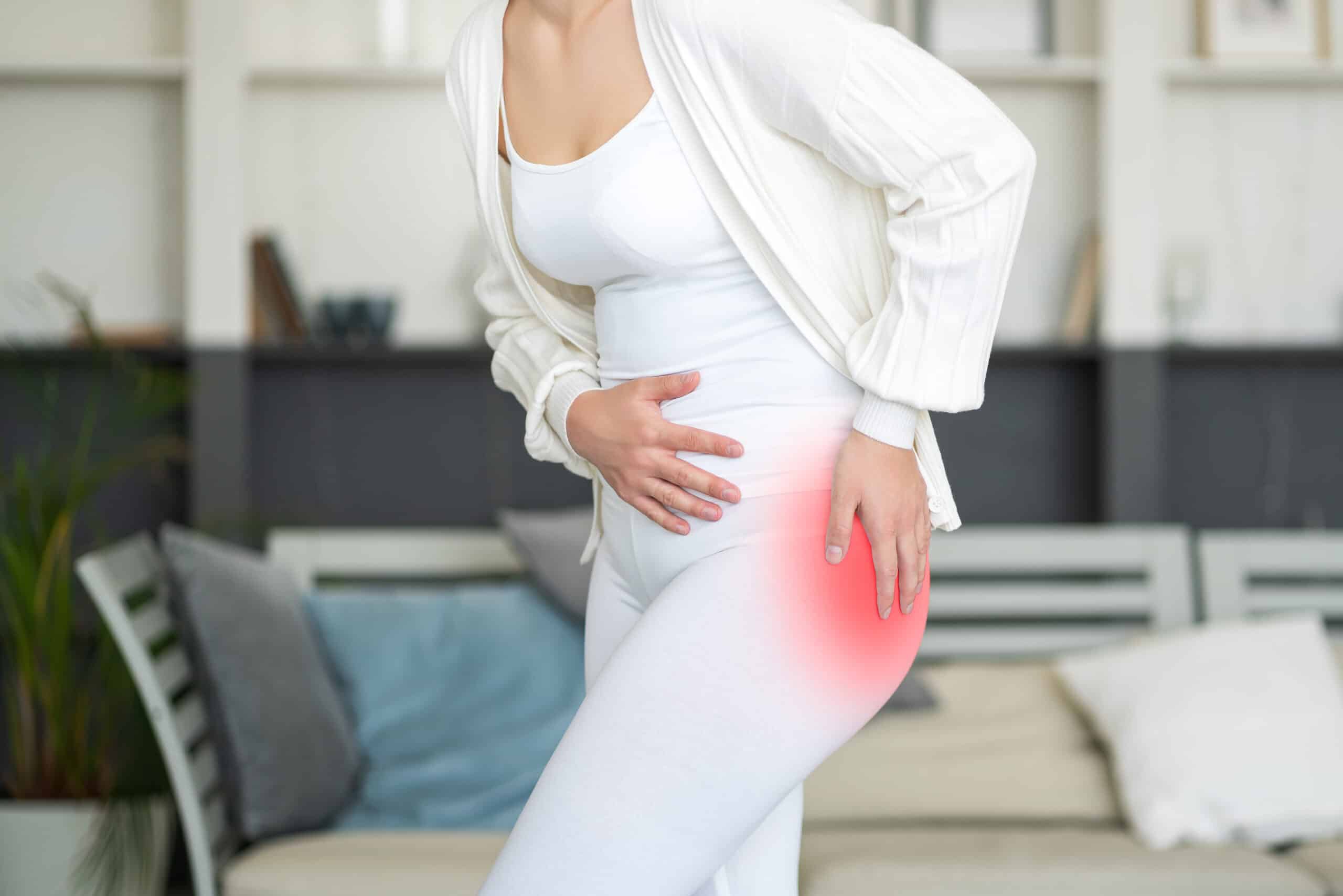Hip Pain
Hips Don’t Lie: Navigating the Landscape of Hip Pain and Innovative Treatments
Hip pain, a common ailment affecting individuals of all ages, can significantly impact daily life and mobility. The epidemiology of hip pain in the U.S. adult population highlights the prevalence, risk factors, and impact of hip-related conditions.
- Prevalence:
- Hip pain is a widespread issue affecting millions of adults in the United States.
- According to the Centers for Disease Control and Prevention (CDC), osteoarthritis, a leading cause of hip pain, affects over 30 million U.S. adults.
- Various other conditions, such as bursitis, tendinitis, and hip impingement, contribute to the overall prevalence of hip pain.
- Age and Gender Distribution:
- The prevalence of hip pain increases with age, with older adults more likely to experience conditions like osteoarthritis.
- While hip pain can affect both men and women, certain conditions, such as hip impingement, may have gender-specific variations in prevalence.
- Obesity and Lifestyle Factors:
- Obesity is a significant risk factor for hip pain, particularly osteoarthritis. Excess body weight places additional stress on the hip joints.
- Sedentary lifestyles and lack of physical activity contribute to the development and exacerbation of hip pain.
- Occupational Factors:
- Certain occupations that involve repetitive movements, heavy lifting, or prolonged periods of standing may increase the risk of hip pain.
- Workers in industries such as construction, healthcare, or manual labor may be more susceptible to hip-related conditions.
- Joint Injuries and Trauma:
- Previous joint injuries, hip fractures, or trauma can increase the likelihood of developing hip pain, especially post-traumatic arthritis.
- Accidents, falls, or sports injuries may contribute to acute or chronic hip pain in different age groups.
This comprehensive guide aims to shed light on the diverse causes of hip pain, the steps involved in diagnosing its origins, and the spectrum of treatment options available, with a particular emphasis on cutting-edge interventional modalities designed to offer relief and restore function.
Causes
- Osteoarthritis: The degeneration of hip joint cartilage, leading to pain and stiffness.
- Hip Bursitis: Inflammation of the bursae, fluid-filled sacs that cushion the hip joint.
- Tendinitis: Inflammation of tendons surrounding the hip joint.
- Labral Tears: Tears in the cartilage (labrum) surrounding the hip socket.
- Hip Impingement: Abnormal contact between the hip bones causing pain and damage.
- Muscle Strains and Tears: Overuse or injury to the muscles supporting the hip joint.
Steps of Diagnosing a Cause
- Patient History: Thorough discussion of symptoms, including pain onset, duration, and aggravating factors.
- Physical Examination: Evaluation of hip joint range of motion, strength, and any signs of inflammation.
- Imaging Studies: X-rays, MRIs, or CT scans to visualize the hip joint and identify structural abnormalities.
- Diagnostic Injections: Utilizing local anesthetics to identify the specific source of pain.
Location of Pain and Related Source
- Anterior Hip Pain: Common in conditions like hip impingement or labral tears.
- Lateral Hip Pain: Often associated with bursitis or iliotibial (IT) band syndrome.
- Posterior Hip Pain: Seen in conditions like gluteal myofascial pain, gluteal tendinopathy, piriformis syndrome, ischial bursitis, sacroiliac joint dysfunction, sacral insufficiency fracture and referred pain from lumbar spine issues.
Treatment Options
- Rest and Physical Therapy: Strengthening exercises and stretches to improve hip joint function.
- Medications: Pain relievers, anti-inflammatories, or disease-modifying drugs depending on the underlying condition.
- Lifestyle Modifications: Weight management and activity modifications to reduce stress on the hip joint.
- Orthotic Devices: Assistive devices, such as canes or braces, to support the hip joint.
Interventional Modalities
- Steroid Injections: Direct injection of corticosteroids into the hip joint for rapid pain relief and inflammation reduction.
- Viscosupplementation: Hyaluronic acid injections to improve joint lubrication and reduce friction.
- PRP Injections: Platelet-rich plasma injections to stimulate tissue repair and reduce inflammation.
- Bone Marrow Aspirate Concentrate (BMAC) Injection: Harvesting and injecting concentrated bone marrow cells to promote healing.
- Lipogem Injections: Micro-fragmented adipose tissue injections to enhance tissue regeneration.
- TenJet: A specialized needle-like apparatus crafted for the purpose of addressing tendinosis or chronic tendinitis and alleviating persistent tendon pain. Employing a pressurized, high-velocity stream of saline, the device precisely excises and eliminates afflicted tendon tissue, preserving the integrity of the surrounding healthy tissue.
- Prolotherapy: Injection of irritant solutions to stimulate tissue repair and strengthen ligaments.
- Nerve Hydrodissection: Separating nerves from surrounding tissues to alleviate compression and reduce pain.
- Articular Branch Radiofrequency Ablation (RFA): Using thermal energy to disrupt pain signals from specific nerves.
- Joint Replacement: Surgical replacement of the hip joint with an artificial implant.
- Dorsal Root Ganglion (DRG) Stimulation: Electrical stimulation of nerve roots to modulate pain signals.
Conclusion
Hip pain is a complex issue with a myriad of potential causes, necessitating a personalized and comprehensive approach to diagnosis and treatment. From traditional methods to cutting-edge interventional modalities, advancements in medical science offer a diverse toolkit for managing hip pain and restoring mobility. Collaborating with healthcare professionals and exploring these innovative treatment options can pave the way for effective pain management and a return to an active, pain-free life.
References:
- Nho, S. J., & Gomoll, A. H. (2015). The Diagnosis and Management of Labral Tears and Femoroacetabular Impingement of the Hip. JBJS Reviews, 3(6), e3.
- Piuzzi, N. S., & Chahla, J. (2020). Prolotherapy for musculoskeletal pain: a systematic review. Journal of Clinical Orthopaedics and Trauma, 11, S206–S212.
Further Reading:
- Mont, M. A., & Hungerford, D. S. (2006). Non-traumatic avascular necrosis of the femoral head. The Journal of Bone and Joint Surgery. American Volume, 88(3), 555–577.
- Bedi, A., Dolan, M., Leunig, M., & Kelly, B. T. (2011). Static and dynamic mechanical causes of hip pain. Arthroscopy: The Journal of Arthroscopic & Related Surgery, 27(2), 235–251.


